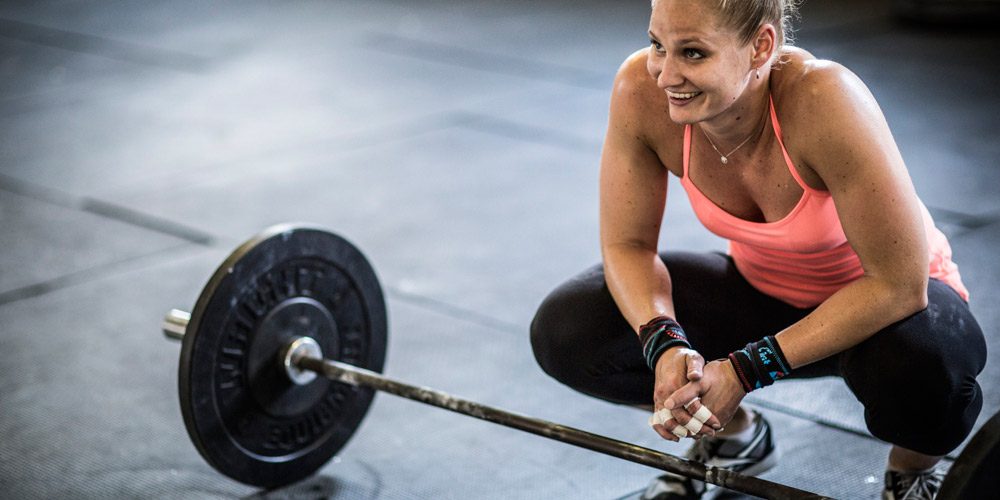Keeping your muscles healthy will help you to be able to walk, run, jump, lift things, play sports, and do all the other things you love to do. Boys and girls have similar amounts of muscle until about the age of 10, after which puberty increases testosterone levels in men and drives a much greater expansion of skeletal muscle.
Muscle mass decreases approximately 3–8% per decade after the age of 30 and this rate of decline is even higher after the age of 60.
3 Types of muscles & their job
- Skeletal muscles are connected to your bones by tough cords of tissue called tendons. As the muscle contracts, it pulls on the tendon, which moves the bone. Bones are connected to other bones by ligaments, which are like tendons and help hold your skeleton together.
- Smooth muscles are also called involuntary muscles since you have no control over them. Smooth muscles work in your digestive system to move food along and push waste out of your body.
- Cardiac muscle. Your heart is a specialized type of involuntary muscle. It pumps blood through your body, changing its speed to keep up with the demands you put on it. It pumps more slowly when you’re sitting or lying down, and faster when you’re running or playing sports and your skeletal muscles need more blood to help them do their work.
Top 10 to Strengthen Your Skeletal Muscles
Get 60 minutes of exercise each day.
Regular exercise is a great way to build muscle. Try activities that target a lot of different muscles, like swimming, biking, or dancing. Even simple activities like stair climbing, jogging, and walking are great forms of exercise. Aim to exercise for 60 minutes each day—it’s okay if you break your workout into smaller chunks.
Work your biceps.
Your biceps are an important skeletal muscle. Dumbbell curls and hammer curls are great options to strengthen your biceps if you have weights at home. Resistance bands are another great way to strengthen your biceps. If you don’t have weights of your own, you can make your own set at home.
Target your pectorals.
Your pectorals, or front chest muscles, are a valuable skeletal muscle. Bench press exercises are an excellent way to strengthen your pecs. If you don’t have weights, push-ups are another great way to build this skeletal muscle.
Focus on your quads.
Your quads, or upper leg muscles, are skeletal muscles. Simple squats, lunges, and jumps are great ways to strengthen your quads. Try starting out with some back squats, split squats, and goblet squats. If you have weights at home, try squatting with a barbell or kettlebell.
Work Your obliques
Your external obliques are skeletal muscles found near your abs. Work your obliques with side planks, or give yourself an extra challenge with side plank dips. Side bends, side kicks and wood choppers are also great ways to work these muscles.
Exercise your hamstrings.
Your hamstrings are skeletal muscles along the back of your legs. Hamstring curls are a great way to work these muscles, as are kettlebell and dumbbell deadlifts. Walking lunges are another great way to strengthen your hamstrings.
Focus on your glutes.
Your glutes are skeletal muscles that cover your bottom. Strengthen your glutes with simple exercises like glute bridges or side squats. Bulgarian split squats are another great way to work your glutes.[16]
Strengthen your lats.
Your lats, or upper back muscles, are skeletal muscles. Pull-ups are a classic, easy exercise that really works your lats. Medicine ball slams and reverse-grip barbell bent-over rows are other excellent workouts.
Pack your diet with protein.
Eat between 1.4 to 2 g of protein for every 1 kg (2.2 lb) you weigh. Protein-rich foods can help you build and maintain muscle. Lean meats, like beef and pork, and poultry, like chicken and turkey, are great sources of protein. Dairy products, fish, seafood, beans, and nuts are also excellent protein sources.
Plan your rest days
Your muscles grow when you’re resting, not when you’re working out; a challenging weight workout increases protein storage for up to 48 hours, immediately after your exercise session.
Increasing rather than just maintaining your skeletal muscle, and improving the quality of your muscle, will enable you to maintain movement and exercise and develop and improve it.
Without a doubt, exercising, getting enough rest, and eating a balanced diet will help to keep your muscles healthy for life.

